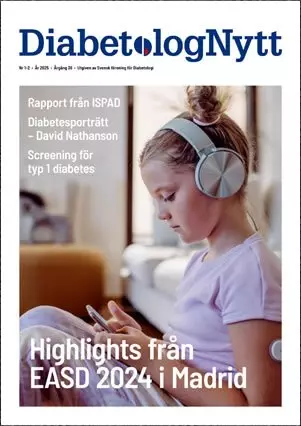Nasal powder may be simpler option than injection, especially for teachers, para-medicals and relatives
- STOCKHOLM EASD — Adult volunteers and caregivers were more successful at using glucagon nasal powder devices than traditional injections to treat a patient with severe hypoglycemia in a simulated situation, researchers said here.
The devices are single-use and are designed to shoot a dry powder up the nose in rescue situations. In the study, 16 caregivers were paired with a diabetes patient, who taught the caregivers how to use either a needle with glucagon and powder or glucagon nasal powder.
Video Conference Reporter: See all our exclusive videos from EASD 2015
A separate group tested 15 volunteers, who were not associated with anybody who had diabetes and were not trained, but were shown the devices prior to the simulation. Only three of the participants in the volunteer group injected any glucagon with the needle, and none gave a full dose. In comparison, 14 of 15 volunteers injected a full dose with the glucagon nasal powder device.
Joel Zonszein, MD, of the Albert Einstein College of Medicine in New York who was not associated with this study, said that in the study, even with training, many still failed to inject glucagon, "which is what we see in clinical practice."
He added that the nasal powder seems easier to administer. "There were no clinical outcomes, however," he said. "But we certainly need better, easier, and less expensive devices to better treat hypoglycemia."
"We know hypoglycemia is a very problematic aspect of diabetes care — it's very stressful for diabetics," said Yale in an interview with MedPage Today. "The results from the injections were frightening. In only 50% of cases were they able to give any glucagon with injection, and in only 12% did they give the full dose."
Two caregivers and one volunteer in the study injected insulin after getting confused by the similar forms of the glucagon rescue kit and the insulin vial and needle. The simulation included sound effects and distraction in an attempt to mimic the sense of emergency that can accompany episodes of severe hypoglycemia. The manikin had a backpack on, and participants were told to find the rescue kit — with either the needle or the nasal device — and to administer as quickly as possible. The backpack also contained a diabetes supply pouch with a glucometer and strips, alcohol swabs, lancing device, insulin syringe, and a vial of insulin.
The two participants who did not succeed in administering a full dose of glucagon with the nasal device failed to fully depress the plunger. Both of them also failed to inject a full dose. Failures of the acquaintances to inject a full dose included a bent needle and injection of diluent only. One participant refused to inject and another injected with an empty syringe.
From www.medpagetoday.com
Nyhetsinfo
www red DiabetologNytt
-
European Association for the Study of Diabetes





